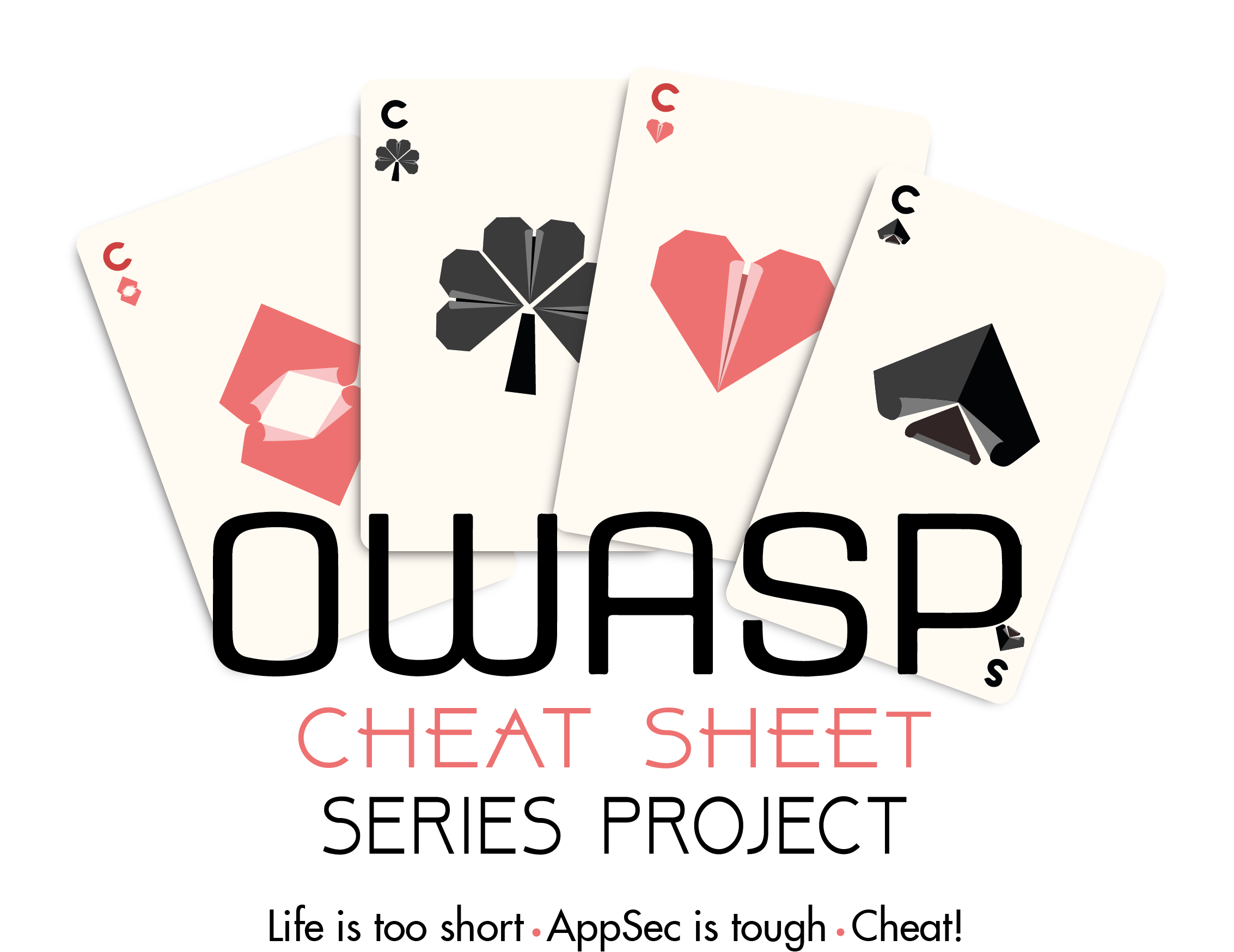It's always nice when you discover a great new resource when you least expect it. I found these cheat sheets when I was adding the OWASP Top 10 to MCR. I'd never seen them before and they turned out to be a great source of general information on a large number of topics. The OWASP (Open Web Application Security Project) Cheat Sheets are a collection of resources that can help you understand and implement secure coding and architectural practices. In this blog post, we'll discuss what OWASP Cheat Sheets are, how they can be used, and some examples of popular cheat sheets.

What are the Cheat Sheets?
The OWASP Cheat Sheets are a series of short, easy-to-read documents that provide developers with practical guidance on how to implement secure coding practices. They cover a wide range of topics, from cross-site scripting (XSS) to SQL injection to password storage. The cheat sheets are designed to be used as quick reference guides and provide developers with the information they need to write secure code.
How can they be used?
The OWASP Cheat Sheets can be used in a variety of ways. They can be used as a quick reference guide for developers who are new to secure coding practices, as a refresher for experienced developers, or as a training tool for developers who are learning about security. The cheat sheets can also be used by security professionals as a checklist to ensure that developers are following best practices when writing code.
Example Cheat Sheets
Here are some popular OWASP Cheat Sheets:
- Cross-Site Scripting (XSS) Prevention
- SQL Injection Prevention
- Password Storage Cheat Sheet
- Clickjacking Defense Cheat Sheet
- Access Control Cheat Sheet
- Secure Coding Cheat Sheet
- Transport Layer Protection Cheat Sheet
- XML Security Cheat Sheet
Cheat Sheets vs. OWASP Top 10
While both resources are designed to help developers implement secure coding practices, there are some key differences between the two. The OWASP Top 10 is a list of the ten most critical web application security risks, based on real-world data and expert opinions. While the Cheat Sheets provide detailed guidance on how to address specific vulnerabilities, the Top 10 is a broader overview of the most critical risks facing web applications.
Another difference between the two is the level of detail provided. The Cheat Sheets are designed to be used as quick reference guides and provide people with practical tips and best practices for addressing specific vulnerabilities and general guidance. The Top 10, on the other hand, provides a brief overview of the most critical risks, along with recommended techniques for addressing them. This means that the Cheat Sheets can be more helpful for someone who need detailed guidance on specific vulnerabilities, while the Top 10 is more useful as a high-level overview of the most critical risks.
Drawbacks of Using Them
One potential issue is that the cheat sheets are not comprehensive and may not cover every security issue that you may expect to encounter. Additionally, the cheat sheets are not a substitute for proper training in secure coding practices. It is important to have a solid understanding of security concepts and to receive proper training in secure coding practices.
Conclusion
The OWASP Cheat Sheets are a valuable resource for anyone who want to learn about secure coding practices. They provide practical guidance on a variety of security topics and can be used as a quick reference guide or a training tool. While they are not a substitute for proper training in secure coding practices, they can be a useful supplement to a your knowledge base.

